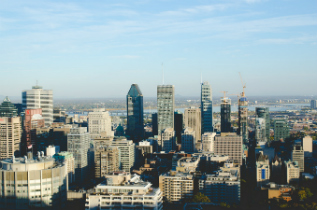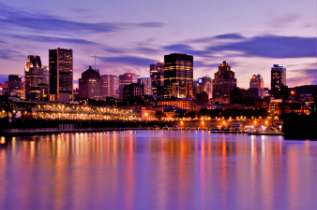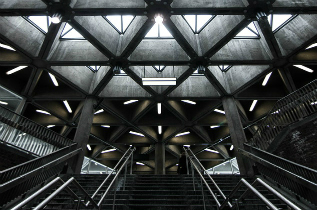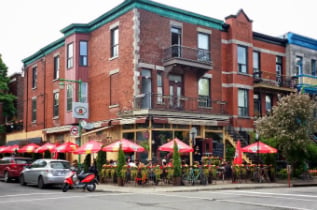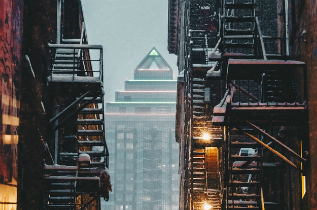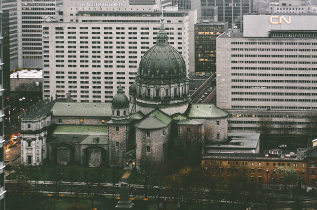Let's explore the best of Montreal's communities, highlighting key English-speaking and French-speaking sectors, alongside the dynamic downtown core.
The majority of Montreal’s anglophone population resides in the western half of the city. Notre Dame de Grâce (NDG) is a mixed commercial and residential area in the southwest, featuring excellent schools. Popular with young professionals, NDG is highly walkable with quick access to downtown. Moving north, Westmount is an affluent neighbourhood and one of Montreal’s most expensive. It offers beautiful parks, ponds, and recreational facilities. Hampstead is a tech-forward, green community, designated a “Smart City” utilizing free public WiFi and interactive apps. Beaconsfield, once a cottage retreat, has developed into a year-round residential area filled with attractive homes and rental complexes.
While French is spoken city-wide, the eastern sector is notably francophone. Rosemount is a highly diverse community with charming shops, including the Little Italy district, and a mix of housing types. Plateau Mont Royal is trendy and artistic, famous for its murals and sculptures. Close to McGill University, it is a key location for students and boasts a lively nightlife with great restaurants and concert venues. Hochelaga-Maisonneuve offers a bohemian atmosphere with beautiful architecture and local food markets. Outremont, situated near Mount Royal, is a calmer but pricey residential area favoured by francophones, with easy Metro access to downtown activity.
Montreal’s central, bilingual core is the Ville-Marie borough, a distillation of everything the city offers. It houses campuses for major institutions including McGill University, Concordia University, and Université du Québec à Montréal. The downtown core is packed with nightlife. The Bell Centre hosts major sporting events, like the Montreal Canadiens. Sainte-Catherine Street is the main shopping artery, while Crescent Street offers high-end boutiques. Housing is diverse—from soaring high-rise apartments and modern condos to older, character-filled buildings in the Golden Square Mile area.
Studio
1 Bedroom
2 Bedrooms
